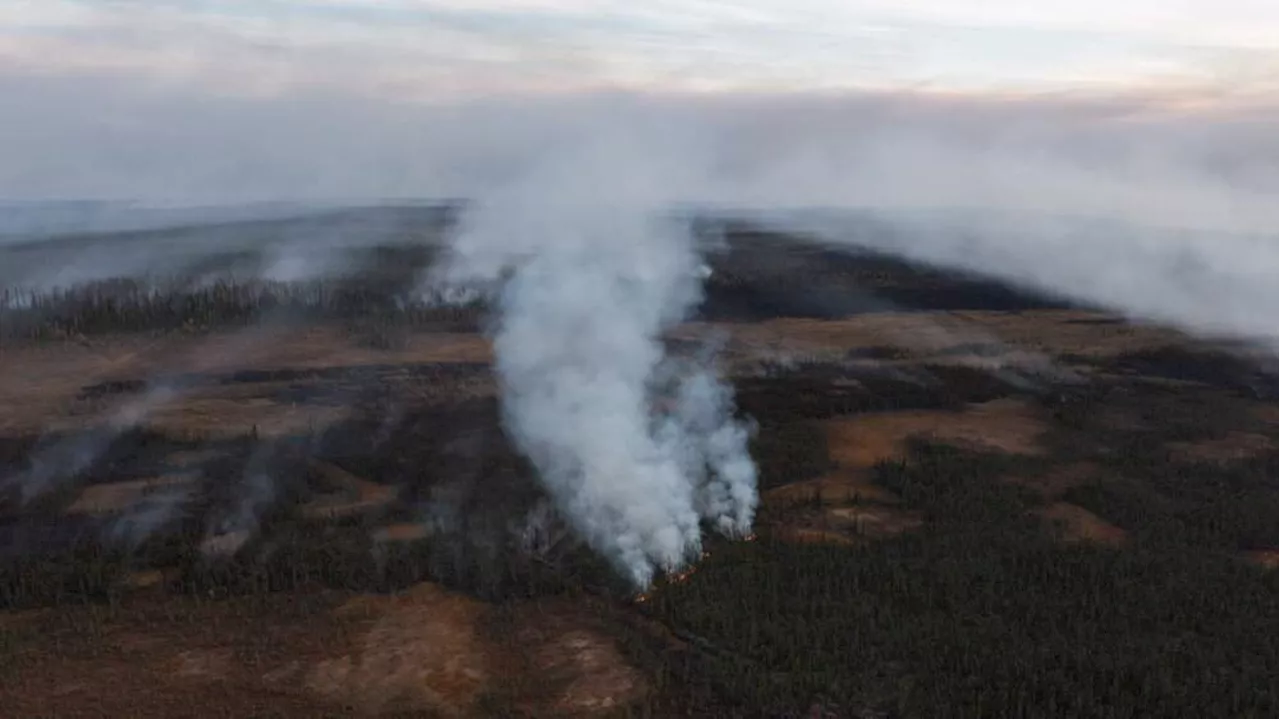A new study reveals that a significant portion of the Arctic's tundra, forests, and wetlands, which have traditionally acted as carbon sinks, are now releasing carbon dioxide into the atmosphere. This shift is attributed to warming temperatures, changes in vegetation growth, and increasing wildfire frequency. While the Arctic remains a net carbon sink globally, the study highlights the alarming consequences of climate change on this vital ecosystem.
Parts of the Arctic's vast tundra, forests and wetlands, which have stored carbon dioxide for thousands of years, are now emitting the greenhouse gas, according to a new study. The study found that about one-third of the Arctic-Boreal Zone, encompassing the treeless tundra and boreal forests, is now a source of carbon dioxide emissions to the atmosphere. Warming temperatures, shifts in vegetation growth, and an increase in wildfires are all contributing factors to this regional change.
While the Arctic as a whole remains a global 'sink,' or storage area for carbon, the discovery that a third of the region is emitting greenhouse gases is considered 'significant and alarming' by Anna Virkkala, a scientist at the Woodwell Climate Research Center and the lead author of the study.To assess how carbon in the Arctic has changed in recent decades, researchers combined data from 200 monitoring sites with historical climate, wildfire, soil, and vegetation records. The majority of the emissions detected are concentrated in the Arctic tundra, where thawing permafrost is the primary driver, Virkkala explained. As the frozen ground melts, it releases stored carbon. Microbes in the soil then consume this newly available carbon and subsequently release it back into the atmosphere as the potent greenhouse gases methane and carbon dioxide.Wildfires are also playing an increasingly crucial role in the Arctic's function as a greenhouse gas emitter, Virkkala stated. When vegetation burns, it releases carbon dioxide and other greenhouse gases into the atmosphere. While not every year experiences severe wildfire events, 'fires are getting more severe,' noted Merritt Turetsky, a polar researcher at the University of Colorado, Boulder, who was not involved in the research. 'The Arctic has been a slow, but persistent and steady carbon sink. And this study shows that there are stress cracks in that system,' Turetsky said. She characterized the finding as 'one more nail in the coffin' for the rapidly changing Arctic. Sue Natali, a scientist at the Woodwell Climate Research Center and co-author of the study, emphasized that slowing climate change could potentially help reverse the observed shifts in the Arctic
ARCTIC CARBON EMISSIONS PERMAFROST WILDFIRE CLIMATE CHANGE
United States Latest News, United States Headlines
Similar News:You can also read news stories similar to this one that we have collected from other news sources.
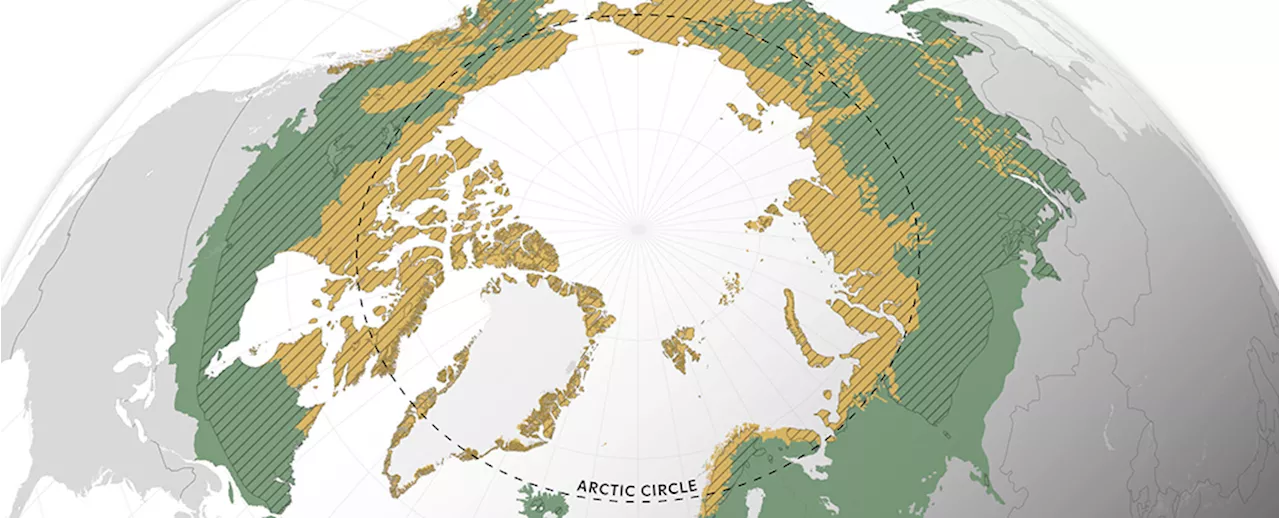 Arctic-Boreal Zone: Shifting Carbon Balance Raises ConcernsNew research reveals that over a third of the Arctic-Boreal Zone (ABZ), encompassing tundra, forests, and wetlands, is now emitting more carbon than it absorbs. While the ABZ remains a net carbon sink, increasing wildfires are offsetting carbon uptake, particularly in tundra regions. The study highlights the need for detailed monitoring to understand the evolving dynamics of carbon storage in the Arctic.
Arctic-Boreal Zone: Shifting Carbon Balance Raises ConcernsNew research reveals that over a third of the Arctic-Boreal Zone (ABZ), encompassing tundra, forests, and wetlands, is now emitting more carbon than it absorbs. While the ABZ remains a net carbon sink, increasing wildfires are offsetting carbon uptake, particularly in tundra regions. The study highlights the need for detailed monitoring to understand the evolving dynamics of carbon storage in the Arctic.
Read more »
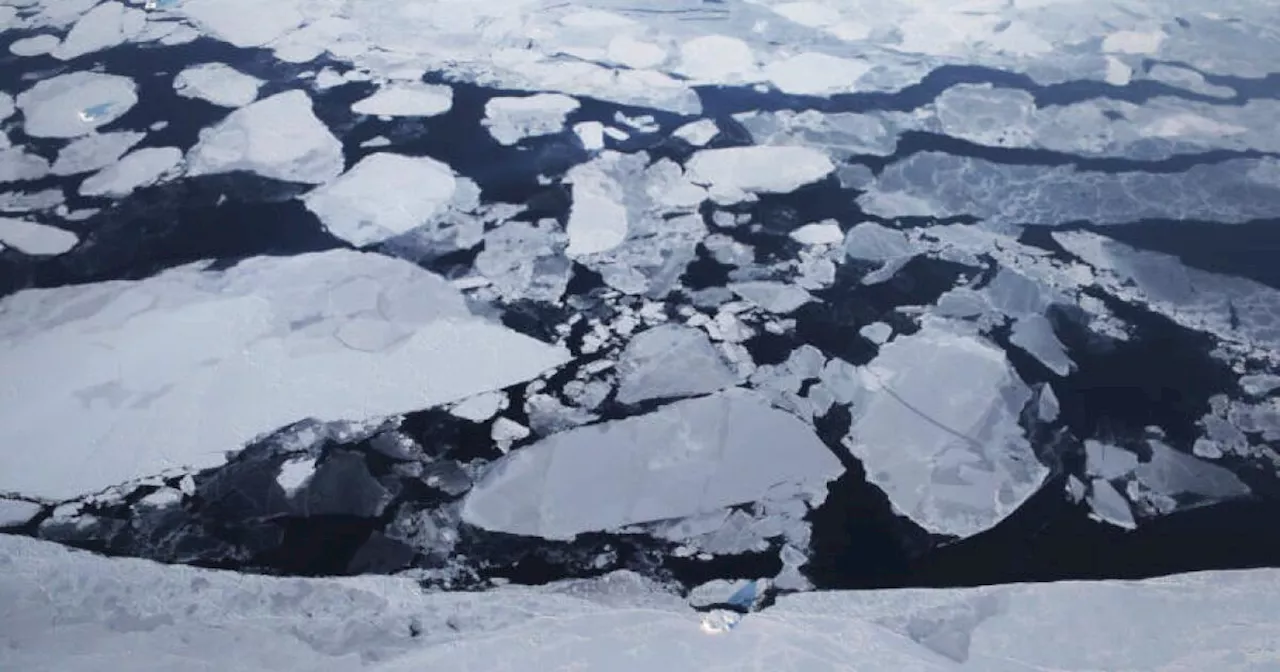 Arctic Tundra Shifts from Carbon Sink to Source, Fueling Global WarmingThe Arctic tundra has transitioned from absorbing carbon dioxide to releasing it, contributing to rising global temperatures. The 2024 Arctic Report Card from NOAA reveals declining caribou populations due to climate change impacts like altered feeding habits and increased plant competition. The report also highlights increased ocean traffic in the Arctic due to shrinking sea ice, raising concerns about potential accidents. However, there's positive news regarding the health of ice seals, which remains strong despite declining sea ice levels.
Arctic Tundra Shifts from Carbon Sink to Source, Fueling Global WarmingThe Arctic tundra has transitioned from absorbing carbon dioxide to releasing it, contributing to rising global temperatures. The 2024 Arctic Report Card from NOAA reveals declining caribou populations due to climate change impacts like altered feeding habits and increased plant competition. The report also highlights increased ocean traffic in the Arctic due to shrinking sea ice, raising concerns about potential accidents. However, there's positive news regarding the health of ice seals, which remains strong despite declining sea ice levels.
Read more »
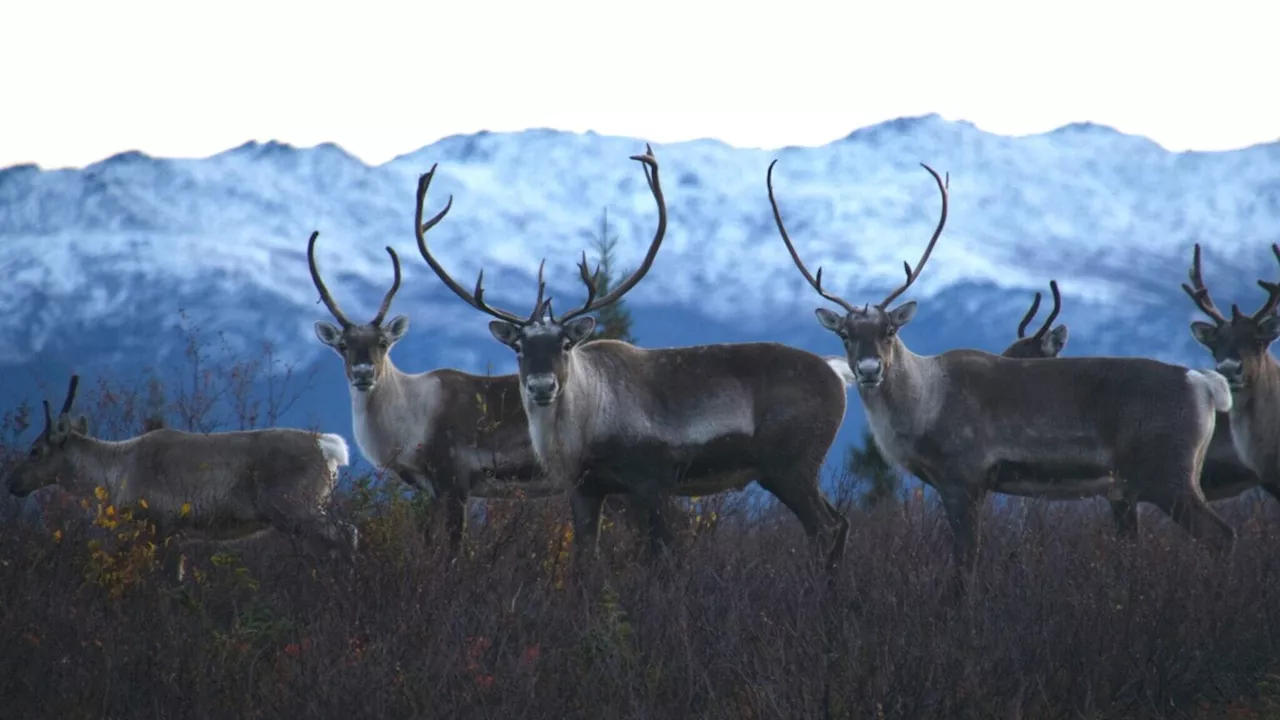 Arctic Tundra Shifts to Carbon Release, Impacting Caribou PopulationsThe 2024 Arctic Report Card reveals concerning shifts in the Arctic ecosystem, highlighting the release of carbon from the tundra and the continued decline of caribou herds, particularly the Western Arctic herd. While smaller coastal herds have shown signs of recovery, the report attributes the decline to climate change-related factors like altered precipitation and vegetation growth.
Arctic Tundra Shifts to Carbon Release, Impacting Caribou PopulationsThe 2024 Arctic Report Card reveals concerning shifts in the Arctic ecosystem, highlighting the release of carbon from the tundra and the continued decline of caribou herds, particularly the Western Arctic herd. While smaller coastal herds have shown signs of recovery, the report attributes the decline to climate change-related factors like altered precipitation and vegetation growth.
Read more »
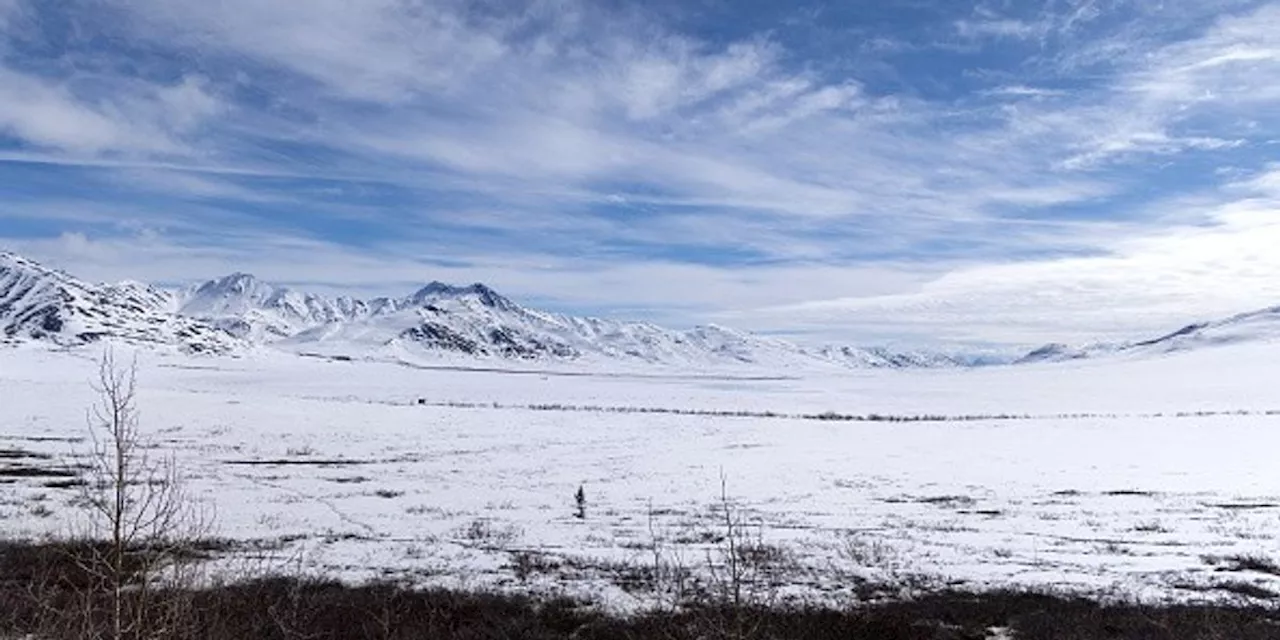 Arctic Permafrost Thaw Turns Region into Carbon SourceA new study published in Nature Climate Change reveals that over 34% of the Arctic is now releasing carbon into the atmosphere as permafrost melts. This alarming trend, exacerbated by wildfires, could significantly accelerate climate change. The study's findings come amidst President Trump's executive actions aiming to expedite resource extraction in Alaska, a region within the Arctic Circle.
Arctic Permafrost Thaw Turns Region into Carbon SourceA new study published in Nature Climate Change reveals that over 34% of the Arctic is now releasing carbon into the atmosphere as permafrost melts. This alarming trend, exacerbated by wildfires, could significantly accelerate climate change. The study's findings come amidst President Trump's executive actions aiming to expedite resource extraction in Alaska, a region within the Arctic Circle.
Read more »
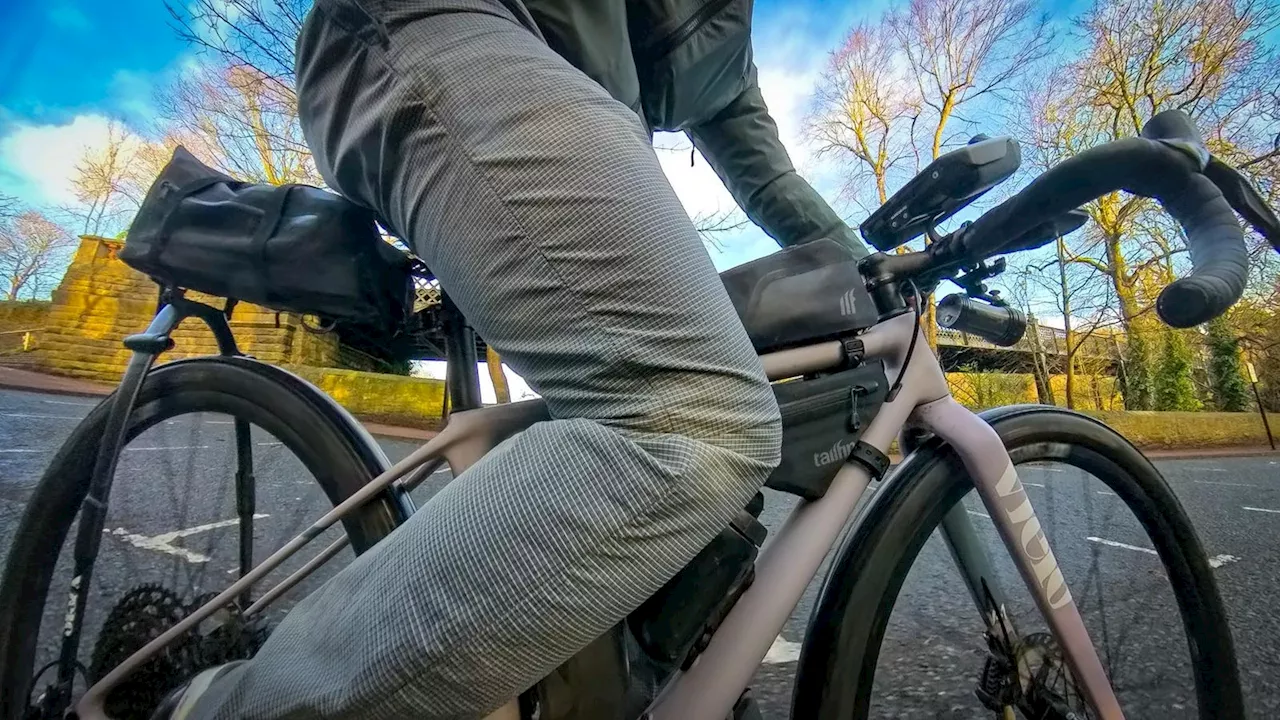 Carbon Composite Pants For Your Carbon Composite BicycleThe experimentalists at Vollebak clothing of London have made part carbon composite pants.
Carbon Composite Pants For Your Carbon Composite BicycleThe experimentalists at Vollebak clothing of London have made part carbon composite pants.
Read more »
 Diversified Crop Rotations with Manure Don't Sequester More Carbon, Study FindsA new study by Iowa State University researchers challenges the notion that longer, more diverse crop rotations fertilized with livestock manure enhance carbon sequestration. The study, conducted over 20 years at Marsden Farm, found that soil carbon levels remained stable despite increased carbon inputs from manure and diverse root systems. The researchers attribute this result to accelerated decomposition driven by heightened microbial activity, which leads to greater carbon dioxide emissions.
Diversified Crop Rotations with Manure Don't Sequester More Carbon, Study FindsA new study by Iowa State University researchers challenges the notion that longer, more diverse crop rotations fertilized with livestock manure enhance carbon sequestration. The study, conducted over 20 years at Marsden Farm, found that soil carbon levels remained stable despite increased carbon inputs from manure and diverse root systems. The researchers attribute this result to accelerated decomposition driven by heightened microbial activity, which leads to greater carbon dioxide emissions.
Read more »
